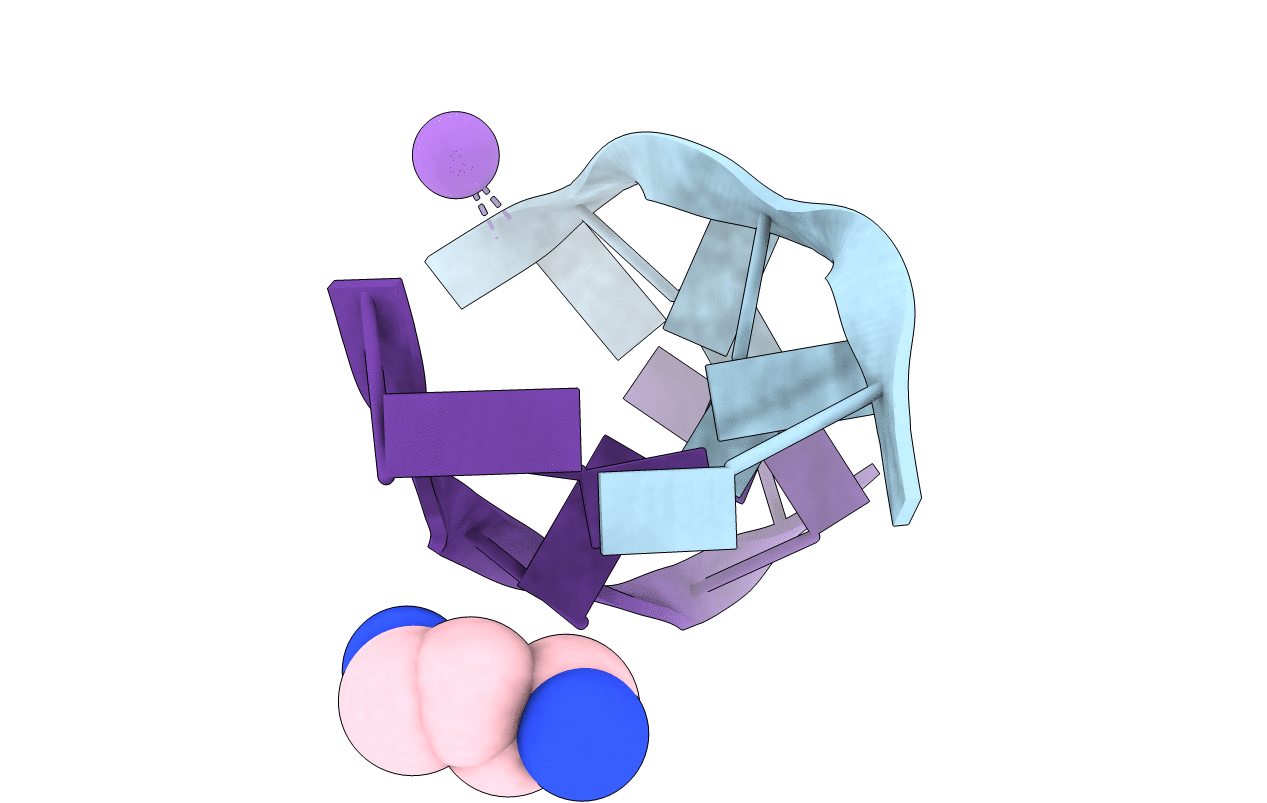
Deposition Date
2020-10-30
Release Date
2021-08-11
Last Version Date
2024-01-31
Entry Detail
PDB ID:
7ATG
Keywords:
Title:
Crystal structure of Z-DNA in complex with putrescinium and potassium cations at ultrahigh-resolution
Biological Source:
Source Organism:
synthetic construct (Taxon ID: 32630)
Method Details:
Experimental Method:
Resolution:
0.60 Å
R-Value Free:
0.09
R-Value Work:
0.08
R-Value Observed:
0.08
Space Group:
P 21 21 21


